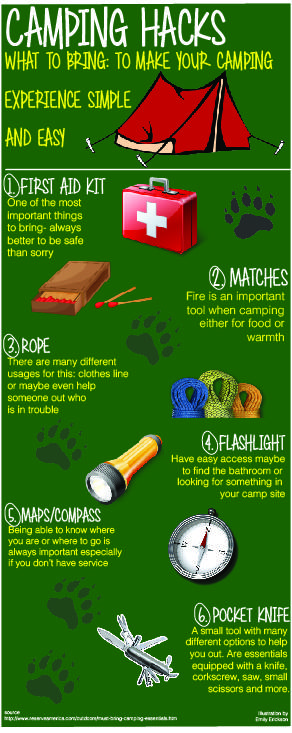From the nomadic people of Central Asia to glamping sites around the world, bell tents have come to be an icon of rustic experience. Their famous silhouette and spacious interiors develop a setting that is both relaxing and marvelous.
How do you pack a tent back in its bag?
Their beginnings can be traced to military tents designed by Henry Hopkins Sibley, that patented the conelike canvas sanctuary in 1856. The design was based on the Indigenous American teepee and was created to be quickly assembled, durable and mobile.
Beginnings
The bell tent has been a staple for exterior lovers because the 19th century. The design is rooted in army camping tents that saw service in the Crimean War, and later on ended up being popular with precursor teams across America. The American Sibley tent was a version of the European bell camping tent. Its creator, Henry Hopkins Sibley, took inspiration from the Native American tepee when developing his version. His model included a single center post, raised larger wall surfaces and a venting cap that allowed smoke from the cooktop to get away.
Today, modern canvas bell outdoors tents use a sense of high-end for camping fans and are a preferred choice for glamping retreats. With a large inside and an eye-catching form, these camping tents can be decorated with furniture and style to develop a comfy and intimate environment for occupants. The round layout additionally assists with wind resistance and permits adaptable indoor designs. The simpler style with fewer poles and risks makes it less complicated to establish camp and transport to various areas.
Armed forces Usage
The Bell Camping tent was a home-away-from-home for numerous soldiers in the 18th century. It was used on the battlefield along with for command centres and field hospitals.
Its capacity to be promptly established in a selection of objective scenarios permitted it to work as an effective shelter and work space. Its modular design suggests it can broaden or contract to fit the demands of different sized teams and goals.
Furthermore, it can be easily transferred using a series of automobiles and manual transportation, making it a useful choice for armed forces and rescue procedures. Its lightweight, portable nature likewise makes it easier for soldiers or rescuers to lug and hike throughout complex surface to reach their mission site. This conserves valuable time and sources.
Glamping
With the surge of glamping, bell camping tents became preferred as a luxurious outdoor camping option. Their iconic shape creates an enchanting atmosphere and can be fitted with stylish home furnishings to add an added touch of comfort to your outdoor camping experience.
In the 19th century, the armed forces adapted the style to make it extra resilient and sensible for use on battle zone and expeditions. Animal hides were changed by canvas that had been treated with waterproofing representatives, enabling the bell outdoor tents to withstand extreme weather conditions.
The bell camping tent's functionality captured the attention of entertainment campers, and it quickly got popularity as a camping tent for camping trips and other exterior events. It is currently a staple at store camping websites, music celebrations, and eco-resorts, where it supplies a mix of fond memories and elegance.
Layout
The bell tent's basic design caught the eye of entertainment campers, and it soon ended up being a staple amongst those who wished to experience the outdoors in vogue. Today, you can discover these flexible frameworks in camping areas and at glamping hideaways across the world.
The very first copyrighted version of the bell outdoor tents was developed by Henry Hopkins Sibley during the American Civil Battle, drawing motivation from Indigenous American tipis. He incorporated a single main post, short side walls, and an aired vent "cap" for smoke from a stove to produce his cutting-edge tent.
Over time, Sibley's style enhanced with the enhancement of breathable canvas and other products that allowed the camping tent to manage its temperature. Modern bell camping tents are made from a selection of products, including cotton and blends with flame retardant material to lower fire hazards. Their roomy insides are excellent for preparing furniture to produce comfy resting locations and lounge areas. They are additionally light-weight and easy to set up, making them a wonderful choice for beginners or anybody yurt tent trying to find a worry-free outdoor camping experience.
Who makes the best quality camping tents?
